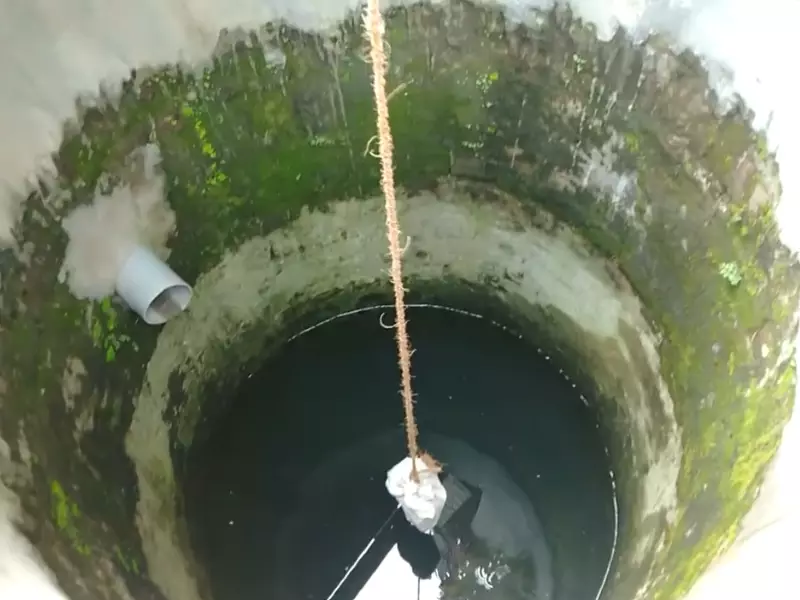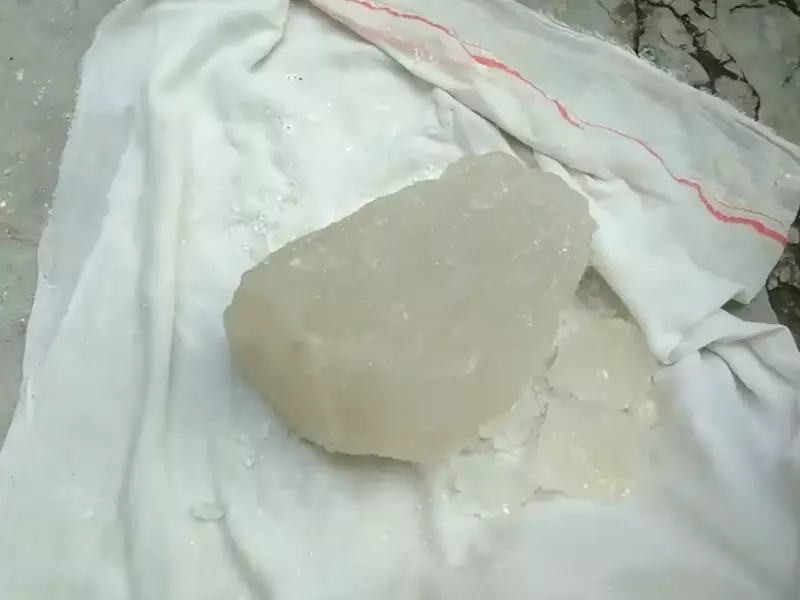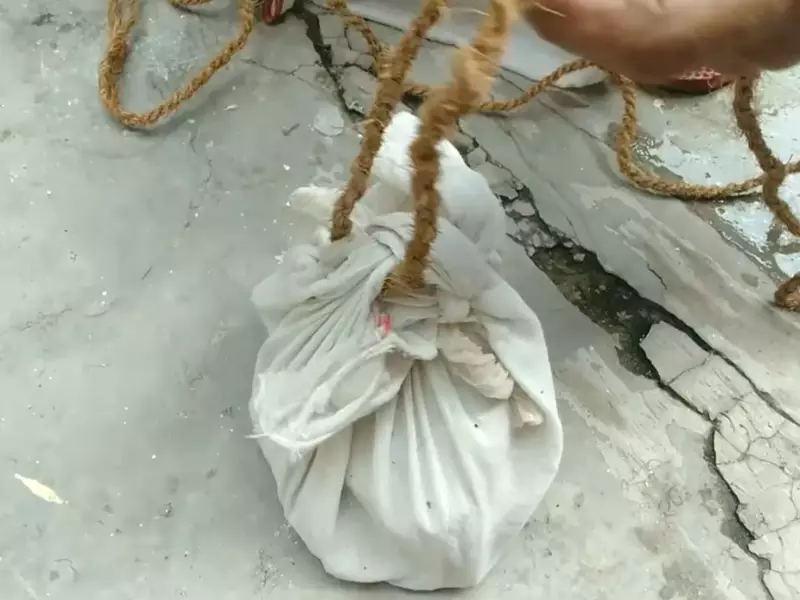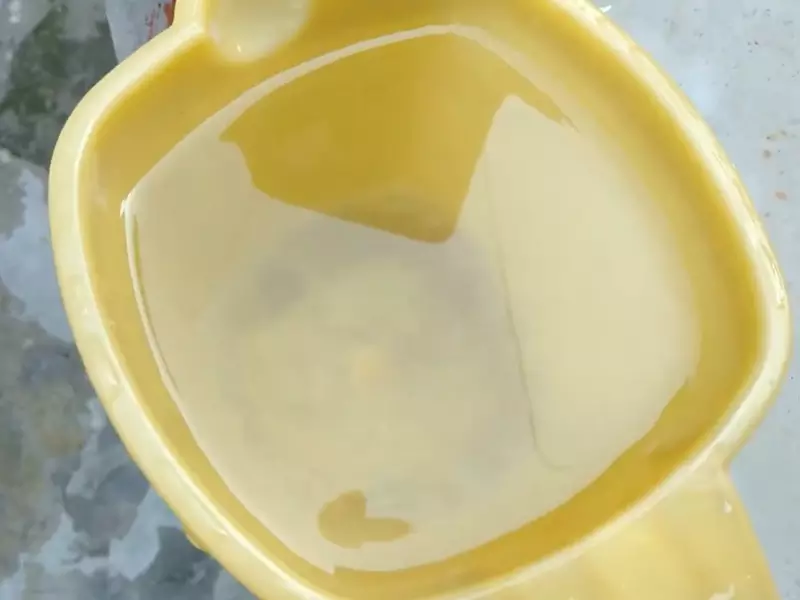Clean water, free from impurities, is an essential aspect of our daily lives. One of the common impurities found in well water is calcium. While calcium is necessary for the human body, excessive amounts in water can lead to various problems such as scale buildup in pipes and reduced soap efficiency.
Calcium in well water originates from limestone or from certain rocks that the groundwater might pass through. Treating this water is crucial, not just for human consumption but also to extend the longevity of appliances and plumbing systems.
Though calcium isn’t a harmful element, when present in higher concentrations, it affects the quality of the water and results in what we term as “hard water”.

The Calcium Challenge
Calcium in well water can be viewed as a challenge for numerous reasons. From the wear and tear on household appliances to the extra costs involved in cleaning and maintenance, calcium can be a nuisance. Before diving into solutions, it’s paramount to understand the origins and implications of calcium in our water.
Sources of calcium in water
Geological Origins Limestone and chalk are the two primary rock types responsible for calcium in groundwater. As water percolates through these rock formations, it dissolves small amounts of calcium, leading to a higher concentration in the final output. Certain regions, especially those with karst topography, naturally have higher levels of calcium in their water.
Agricultural Runoff Modern agriculture often uses calcium supplements to enrich soil and enhance crop yield. Over time, irrigation and rainfall can cause this calcium to leach into groundwater sources, contributing to the calcium challenge.
Implications of excessive calcium
Limescale Buildup One of the most observable effects of excessive calcium in water is limescale. It’s a hard, chalky deposit that can form on taps, appliances, and within the piping system. Over time, this can significantly reduce the efficiency of heating elements in appliances like kettles and water heaters.
Soap Efficiency Calcium interacts with soaps and detergents, leading to reduced lathering. This interaction can mean using more soap for cleaning, which, in the long run, becomes cost-inefficient and environmentally unfriendly.
Skin and Hair Concerns Water with a high calcium content can leave the skin feeling dry and hair looking dull. It can strip natural oils, leading to itchiness and a tight feeling post-shower.
Identifying Calcium Buildup
Recognizing the signs of calcium in your water is the first step toward addressing the issue.
Physical indicators
Cloudy Water Water that isn’t clear but has a milky consistency can be a sign of hard water. This cloudiness is due to tiny calcium particles suspended in the water.
Limescale Observations If you frequently notice white, chalky deposits around faucets, showerheads, and in kettles, this is a clear sign of calcium buildup. Regular cleaning might get rid of the visible signs, but it’s an indicator that the water has excessive calcium.

Water testing methods
Home Testing Kits These are easily available at local hardware stores or online. They usually involve a simple strip that changes color according to the calcium concentration. It’s a cost-effective way to regularly monitor water quality.
Professional Water Analysis For a more detailed report, considering professional water testing is ideal. Not only will they provide information on calcium levels but also on other minerals and potential contaminants.
Methods for Calcium Removal
Treating hard water is a mix of science and technology. Over the years, various methods have been developed, each with its unique advantages and challenges.
1. Ion Exchange Softeners
A popular choice among households, ion exchange softeners tackle hard water effectively. Here’s a closer look at their operation and pros and cons.
How they work
These systems contain resin beads with sodium ions attached. As hard water flows over the resin, calcium and magnesium ions are attracted to the beads, replacing the sodium ions, which then go into the water. The resin periodically needs regeneration using a salt solution.
Benefits and limitations
- Effective: One of the most efficient ways to deal with hard water.
- Limitations: They replace calcium with sodium. Those on sodium-restricted diets need to be cautious.
2. Reverse Osmosis Systems
A trusted method, especially for drinking water purification. Here’s a detailed analysis.
Operating principles
Water is forced under pressure through a semi-permeable membrane. This membrane allows water molecules to pass while blocking larger molecules, like calcium.
Benefits and drawbacks
- Pure Water: RO systems provide water that’s almost 99% pure.
- Drawbacks: They can be slow and produce wastewater.
3. Chelation Systems
An eco-friendly alternative to traditional softeners, chelation systems are gaining popularity.
Explanation of chelation
Agents, usually in liquid form, bind with calcium and magnesium, making them soluble and preventing scale buildup.
Advantages and disadvantages
- Eco-Friendly: They don’t introduce sodium into the water.
- Limitations: May not be as effective in areas with very hard water.

4. Distillation Process
Though energy-intensive, distillation is a trusted method to achieve pure water.
Basic distillation steps
- Boil water to produce steam.
- This steam rises and is directed into a cooling chamber.
- As it cools, it condenses back into water, leaving calcium and other impurities behind.
Pros and cons
- Purest Form of Water: Almost 100% pure.
- Cons: Energy-intensive and may not be feasible for large quantities.
5. Magnetic Water Treatment
A relatively new entrant, this method has garnered attention due to its chemical-free approach.
The science behind
Instead of removing calcium, these systems act on the molecular level to change the behavior of calcium ions, preventing them from forming scale.
Benefits and potential issues
- Chemical-Free: A green alternative.
- Effectiveness: Still under research, with mixed reviews on its efficacy.
Maintaining Low Calcium Levels
Consistent efforts are needed to ensure water remains soft post-treatment.
Regular testing and monitoring
- Periodic Checks: Using home kits or getting professional services can help monitor calcium levels and the efficiency of the treatment system in use.
Importance of system maintenance
- Routine Checks: Regular maintenance can extend the life of your treatment system and appliances.
- Updates and Upgrades: As technology advances, consider updating your system for better efficiency.
Cost Implications
Addressing the calcium problem in well water isn’t just about finding the right solution, but also understanding the financial commitment it entails. We’ll break down the major costs you’ll want to consider as you decide on a treatment method.
Equipment Costs
The initial investment in any water treatment system typically consists of purchasing the equipment. Each method has its unique price range, influenced by factors such as brand, capacity, and technological sophistication.
- Ion Exchange Softeners: These systems can range from affordable to expensive, depending on size and features. The bigger the household, the more you’ll likely spend.
- Reverse Osmosis Systems: Compact under-sink models are available for drinking water purposes and are moderately priced. Whole-house systems, on the other hand, are more of an investment.
- Chelation Systems: Generally more affordable than RO systems, but prices can vary based on the type of chelating agent used.
- Distillation Units: Smaller units for countertop use are relatively inexpensive. Larger systems designed for the entire household will require a more substantial investment.
- Magnetic Water Treatment: These systems are typically more affordable, but prices can vary widely based on the size and complexity of the system.

Long-Term Maintenance Expenses
Beyond the initial setup, it’s essential to budget for maintenance, which ensures that your chosen system operates efficiently.
- Resin and Salt Replacement: For ion exchange softeners, periodic replacement of resin and salt is needed. Depending on water hardness, this could be monthly or quarterly.
- RO Membrane and Filter Replacement: Reverse osmosis systems require the occasional replacement of membranes and filters, which can add up over the years.
- Chelating Agent: If you opt for a chelation system, you’ll need to periodically replenish the chelating agent.
- Distillation Units: There might be costs related to parts replacement and energy consumption.
- Magnetic Systems: Typically, these systems have minimal ongoing costs but check for any associated warranties or parts that may need replacement.
Environmental Considerations
It’s not just about finding a solution that works, but one that aligns with our responsibility to the planet. Several environmental factors come into play when considering calcium removal methods.
Waste Water Considerations
- Reverse Osmosis: While RO systems provide purified water, they can produce wastewater. Depending on the efficiency of the unit, this can be several gallons for every gallon of purified water. It’s essential to understand this ratio before committing.
- Ion Exchange Softeners: These systems use salt for regeneration, leading to brine wastewater that can strain septic systems and affect local water ecosystems.
Sustainability of Methods
- Distillation: This method is energy-intensive, making it less sustainable than other options, especially when used at scale.
- Chelation and Magnetic Treatments: These methods are more environmentally friendly, producing no wastewater and using no chemicals. However, their effectiveness in very hard water areas might be limited.
- Equipment Longevity: Systems that last longer reduce the environmental impact of manufacturing and disposing of equipment. It’s always advisable to choose a durable system that aligns with sustainable practices.
Frequently Asked Questions
What is the safe level of calcium in drinking water?
The World Health Organization states that calcium levels up to 200 mg/L are considered safe for consumption.
Do traditional water filters remove calcium?
Traditional water filters, like activated carbon, don’t effectively remove calcium. Specialized methods are required.
Can drinking hard water harm my health?
While hard water is not hazardous, excessive consumption might lead to minor health concerns related to kidney stone formation.
Conclusion
Excessive calcium in well water, while not a direct health hazard, can have a range of undesirable effects. From household appliances to personal hygiene, the implications of hard water are far-reaching.
While there are several methods to address this issue, the key lies in identifying the most suitable one based on individual needs, environmental concerns, and budgetary constraints.
Remember, ensuring a continuous supply of clean and soft water not only adds to the quality of life but also results in long-term savings by preventing frequent appliance repairs and replacements.